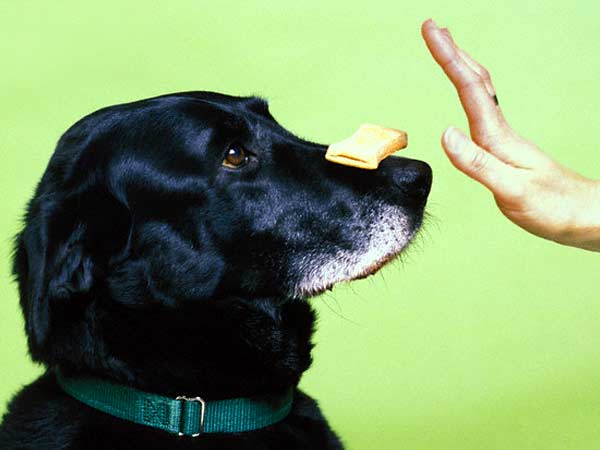We are a group of volunteers who work together to get animals adopted/rescued, out of the shelter, and into a loving home. Our mission: To save lives 'One by One' until the need is gone.
Wednesday, July 3, 2013
So I've Adopted a Dog...Now What?
You have just come to the shelter, spent time with many volunteers who showed you lots of special dogs, and made your decision. You have your dog on a thin slip leash sitting next to you (or pulling wildly in gleeful excitement) as you sign the paperwork. You leave the shelter with their papers and their vouchers clasped in your hand, the dog bounding ahead of you and sniffing everything. You load him into your car and head home.
Now what?
Many times, people that I have worked with adopt their new best friend, but have no idea what the next steps might be to a long, successful relationship. While there are many things that will contribute to your success as a dog owner (and his success as an owned dog), these are the top three that spring to mind for me.
1. Be Patient
Did you know that it can take up to six months, depending on the dog's previous experiences and background, for a shelter or rescue dog to finally feel totally comfortable and settled in his new home? Think about it. This is an animal that has been turned in by people that he devoted his life to, was lost in a traumatic accident of some sort and picked up, or has never lived in a home to begin with. Many of these dogs have been adopted and returned to the shelter multiple times. It would make sense that they have a difficult time settling into your home routine.
Before you spend one night with the dog, in which he is an anxious, barking, whining mess and trying to eat your furniture, realize that it is going to take him at least a few weeks to stop worrying about where he is going to be dumped next once you are through with him. That may seem harsh, but many times, that has been his experience. Take some time to help him work through his discomfort and other issues. The more patience you have, and the more you work on your bond with him, the quicker he will be able to settle in and become a good pet and companion.
2. Give Him a Space
When I am bringing a new dog into my home, I always set aside a place for that dog to call his own. It is both a place for me to put him when I am not home (remember, this is someone you have just met, and it would be unpleasant to come home to all of your worldly possessions dismantled and piled in the middle of the living room with a smug looking dog on top chewing on your Grandmother's heirloom clock), and also a safe place for the dog to go when he is feeling uncomfortable, or like he needs some time alone. My dogs have been taught that if something is making them feel uneasy (a stranger in the house, thunder, an annoying cat) that they can go to their crate and be safe from whatever was bothering them.
I use crates, because I have several dogs in a fairly small house, but having a spare room to keep the dog in would work just as well in many cases. There are many ways to teach dogs to love their crates or rooms, which I can cover in another post, but I cannot emphasize enough how much giving the dog his own space will help him to feel more easy at home.
3. Start Training
This is another thing that I cannot emphasize enough. Whether you hire a training consultant like me to work 1:1 with your family, or you take the dog to one of the dozens of affordable training classes available in the DFW area, training is going to be the key to a long and healthy relationship with your dog. Who wants to spend time walking a dog who pulls so hard on the leash that he starts hacking and coughing? Who wants to come home to a dog that uses you for a vaulting horse as soon as you come in the door? No one.
Training is going to be the foundation for good behaviors for your dog, as well as the building blocks for your relationship. Every treat you give your dog is a message that you think he's a good boy (and that you carry around tasty things in your pocket), and every boundary you set and won't let him cross is a sign that you are a leader that he can trust to be consistent. Training should help you to build a mutually respectful and responsible relationship that can help you have the great companion you were looking for when you came to the Irving Animal Care Campus.
If you have any questions about where to find training resources, or other training questions, please feel free to leave a comment.
Subscribe to:
Post Comments (Atom)




No comments:
Post a Comment